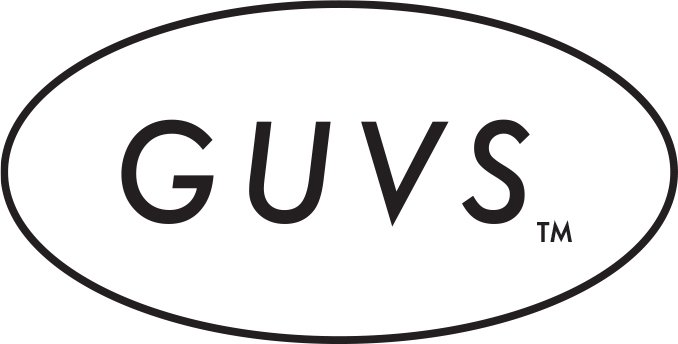GUVS: NRD VOL. 7
“FACTS & FIGURES”
Everyone at GUVS play multiple roles but even with all our duties, our duty to increase social and environmental awareness is ever increasing. It’s not enough to just know the facts, but also to spread the information, and have healthy conversations, that lead to change, has become paramount.
Many might not know this, but our CEO Hyeju Park, before she studied design and worked in Architecture and Interior Design, majored in Environmental Studies. When we started GU in Philadelphia, way back in 2009, we did it under the mission of building a more sustainable business with high environmental concerns. We wanted to stop mass consumption, change the perception of used furniture, and just get people to buy into reusing.
As we transitioned into the GUVS in its current state, we gradually shifted our attention to design, art, history and visually representing these furniture pieces in a contemporary way and although all those factors are important and hold true to our brand, we would like to re-focus our attention to what made us want to start GU in the first place.
So here are the facts as it relates to our industry:
47 kilograms of carbon dioxide equivalents to make a new piece of furniture
According to the EPA, furniture waste generated by Americans in 2017 totaled a staggering 12.2 million tons, and 80.2% of it went to landfill
Ships are responsible for roughly 3% of global CO2 and GHG emissions (CO2-eq), emitting approximately 1 billion tonnes of CO2 and GHGs per year, on average from 2007 to 2012.
And why should we care? Because the weather is getting warming, and unless we do our part to decrease our co2 emissions, the change in temperature will effect our survival on Earth.
So here is what we’ve done so far.
Minimize single-use plastic. To protect our furniture during transport, we use plastic film. And although we haven’t been able to eliminate it altogether, we have eliminated its use during its initial transport from our warehouse in New Jersey to our warehouse in Paju, South Korea. (We mostly use recycled card-board)
Our customers are also requesting not to have their furniture wrapped.
Just last year, we were shipping containers on a monthly basis. We decided to ship bi-monthly, 6 containers yearly, to help eliminate our carbon-foot print.
We are currently trying to to figure out how to recycle plastic film that we do need to use and setup rewards programs for customers that choose to by-pass the packaging.
These are the questions we would like to ask:
How can retail be more sustainable in regards to the environment?
How can design be more sustainable in regards to the environment?
How can we encourage and challenge other businesses to take a more active stance?
We don’t have the answers, we’re not the best model business for environmental sustainability, but let’s talk and figure it out. We are here to discuss and would love to hear ideas.
Creative Director
Bo Lee

